5925015177229
Price Quote Get an up to date pricing and availability quote for this product. Order online or over the phone.
Quality Commitment
Serving our customers with quality and safety first.
- AS9120 Certified
- Audited supply chain
- ITAR Registered
- DDTC Registered
- HAZMAT Certified
- Customer service objectives
- Every product 100% inspected

5925-01-517-7229 Specification Set by the OEM (see RNCC code 3)
single pole type
2.000in.
0.750in.
2.075in.
0.240in.
1
operates in M40.0-85.0 deg c; insulation resistance not less than 100 megohms at 500 volts dc; dielectric strength withstands 3750 vac, 60 hz for 60 seconds between all electricity isolated terminals, except auxiliary switch terminsal shall withstand 600 vac, 60 hz for reg and rec types; operating as a switch the operating life exceeds 10, 000 operations at a rate of 6 per minute when tested as follows 6000 ops at rated current plus 4000 ops at no load; electrical characteristics 0.050-50 amperes; 80vdc max, 240vac max, 50/60 hz and 0.050-30 amperes; 250vac max, 400 hz; one toggle handle per unit; handle color red
50.0 single location or 60.0 single location
pct OVERLOAD-Trip time in seconds 100 pct no trip, 125 pct 0.7-12, 150 pct 0.35-7, 200 pct 0.130-3, 400 pct 0.030-1, 600 pct 0.015-0.3, 800 pct 0.01-0.15, 1000 pct 0.008-0.1
MIL-STD-202 standard (includes industry or association standards, individual manufactureer standards, etc.) .
Cross Reference Parts Part numbers that meet the specification outlined on this page and set by the OEM
Identification Item Identification Guide (IIG) and Item Name Code (INC)
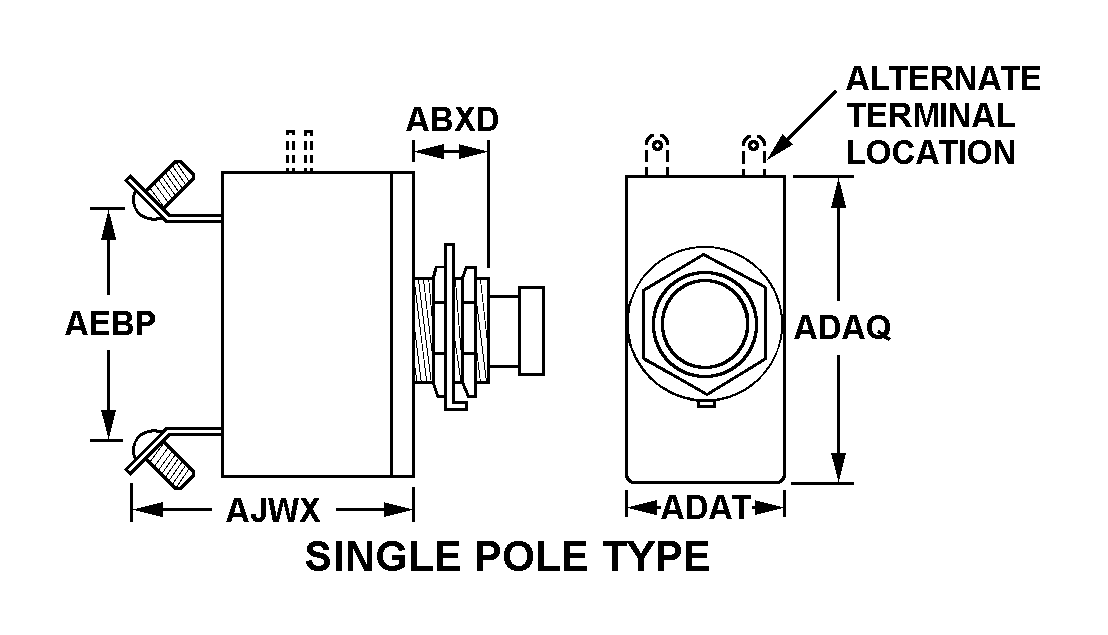
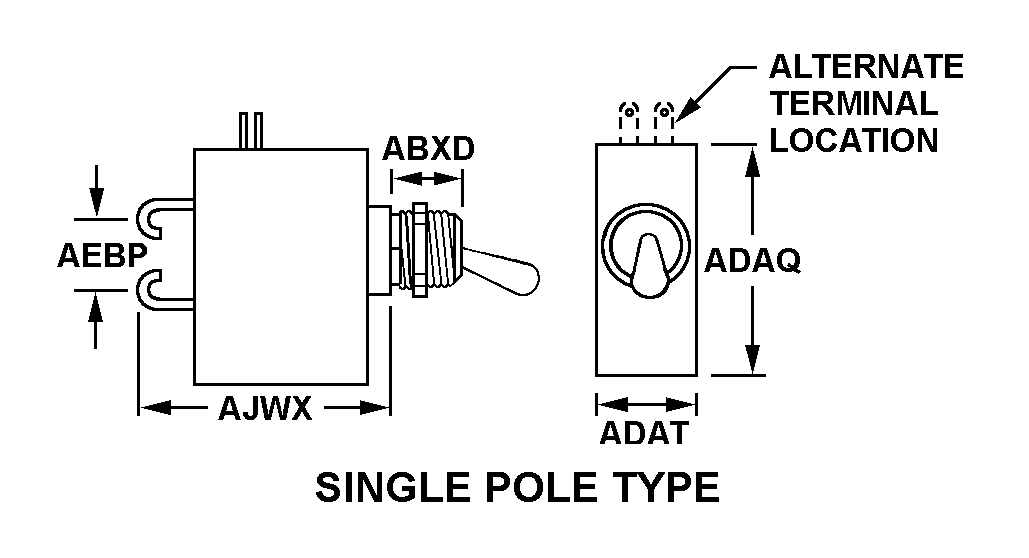
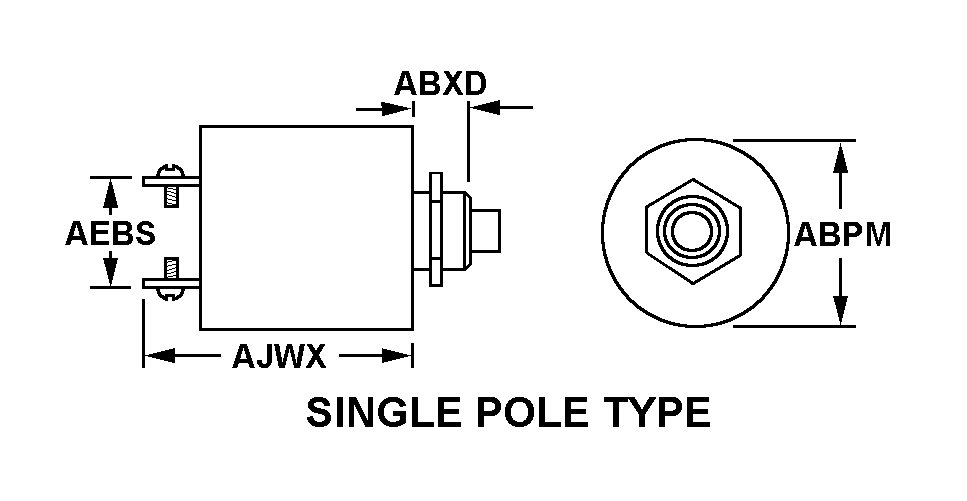
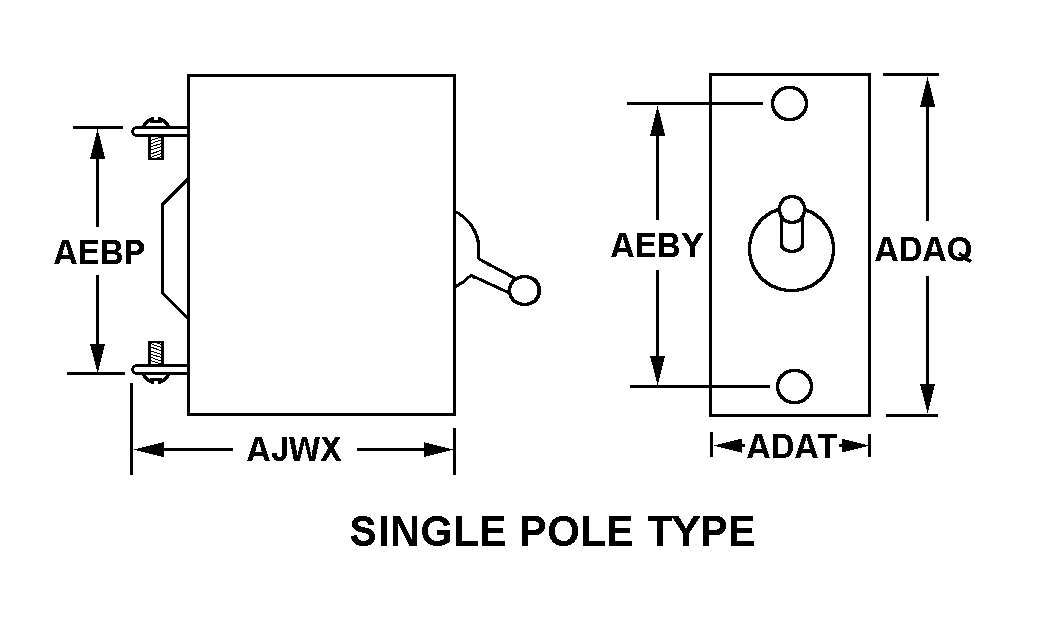
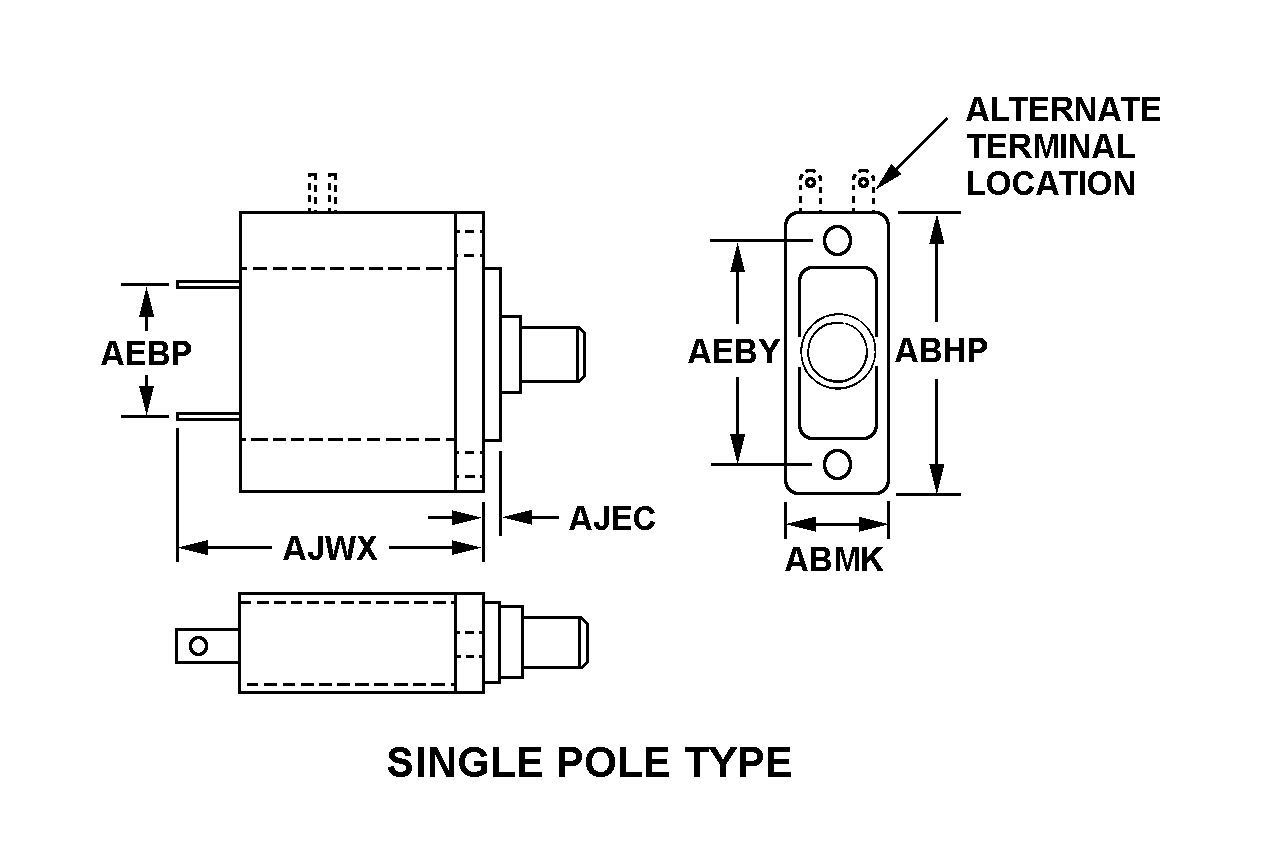
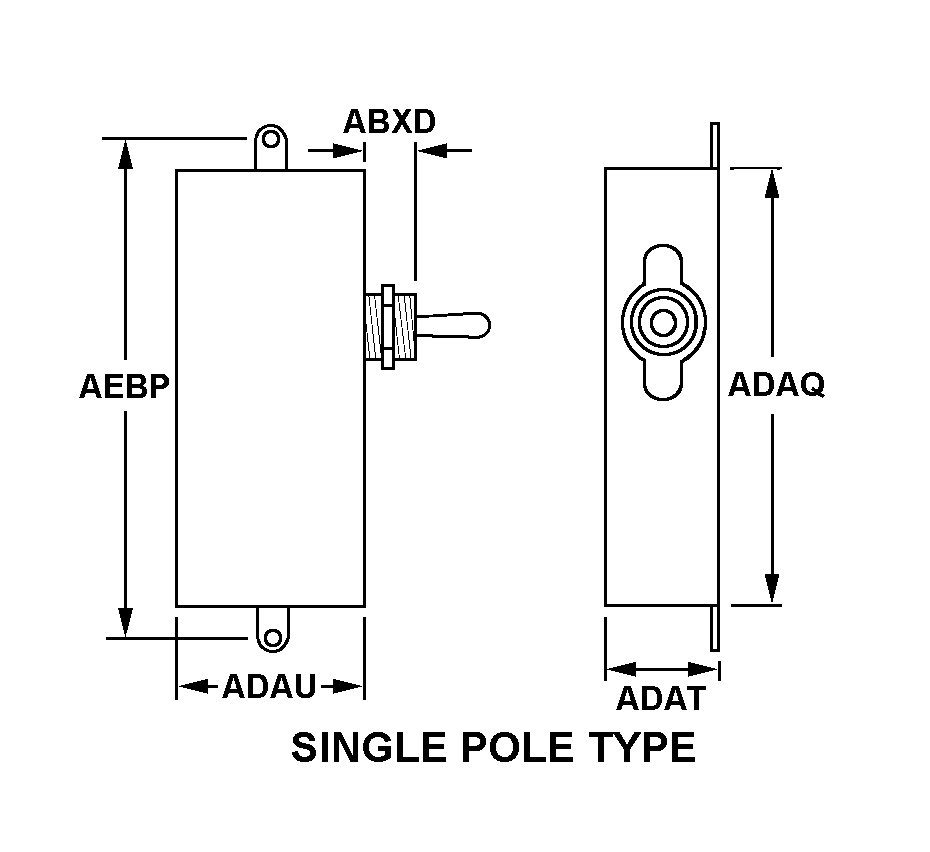
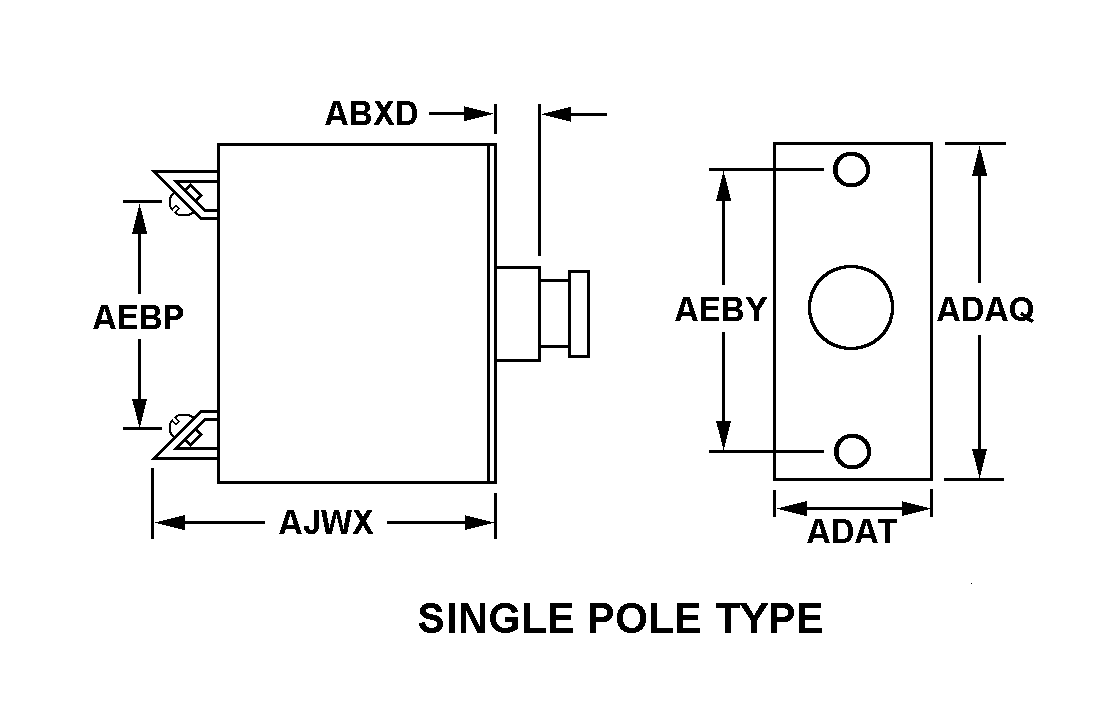
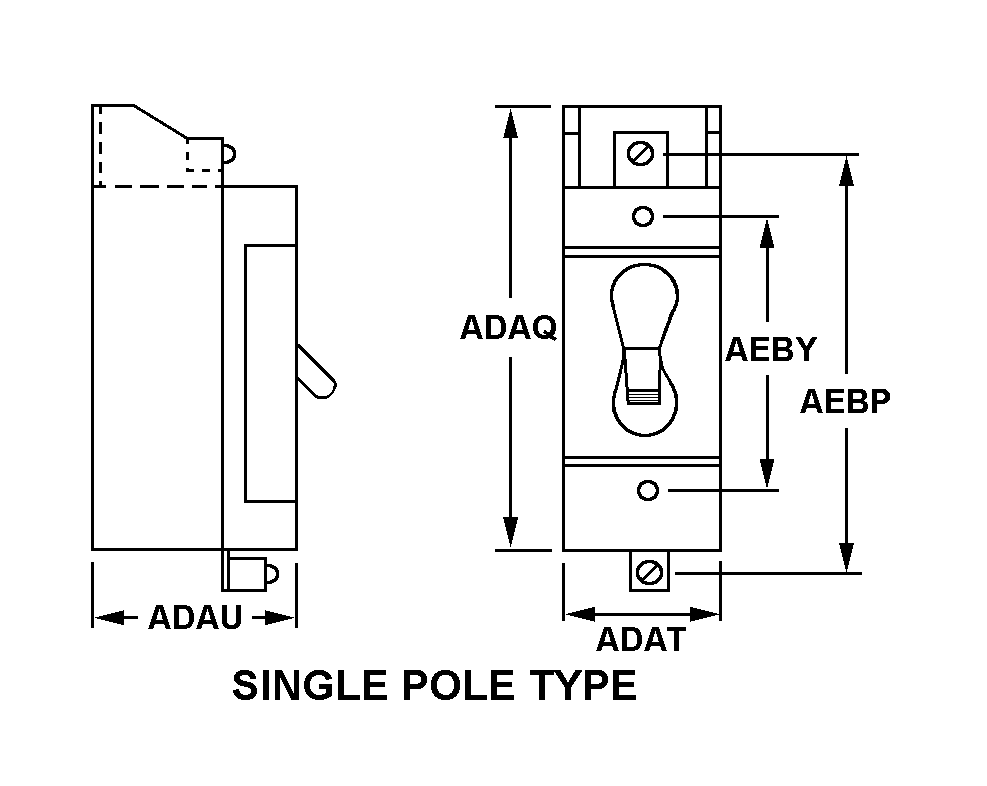
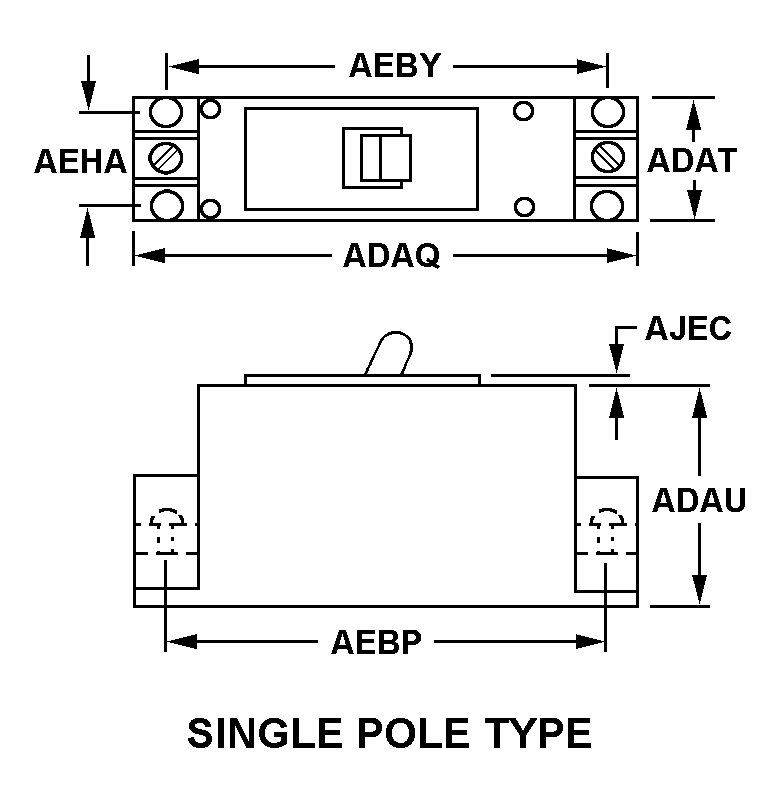
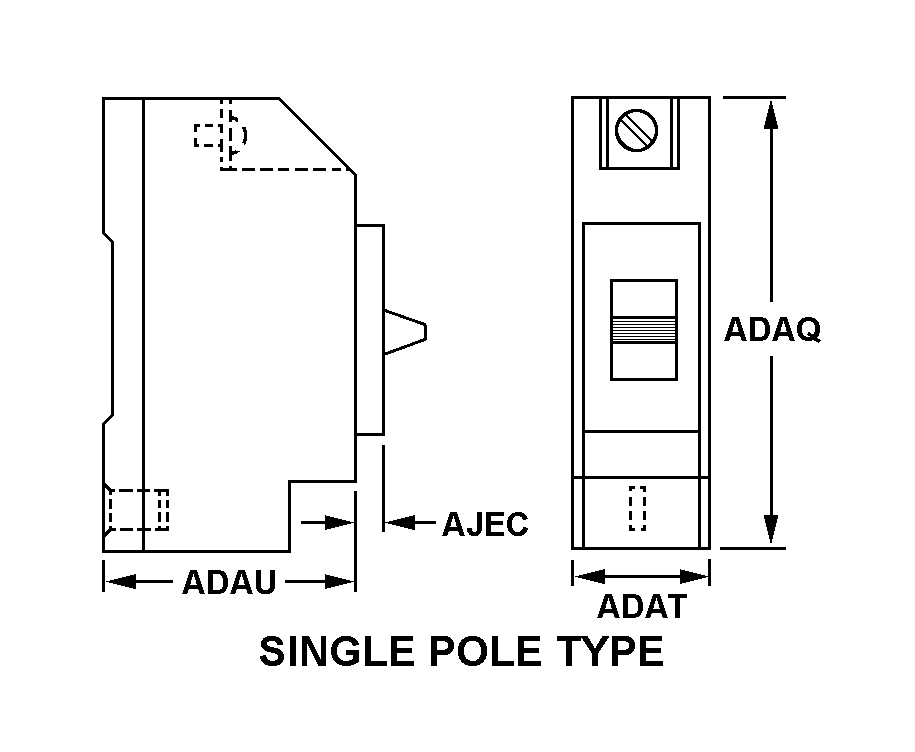
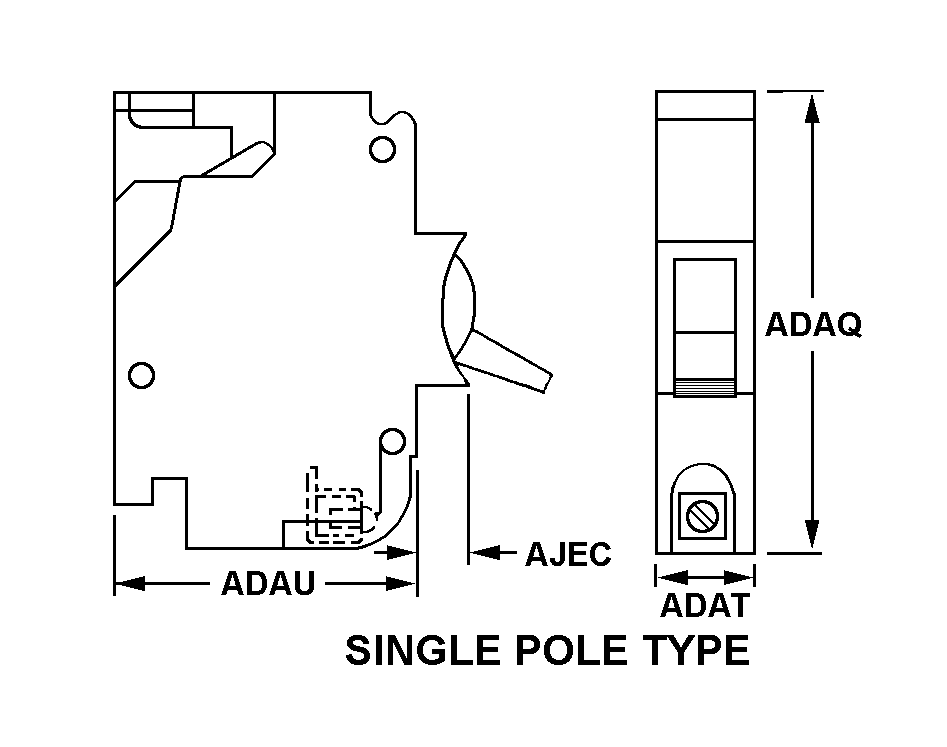

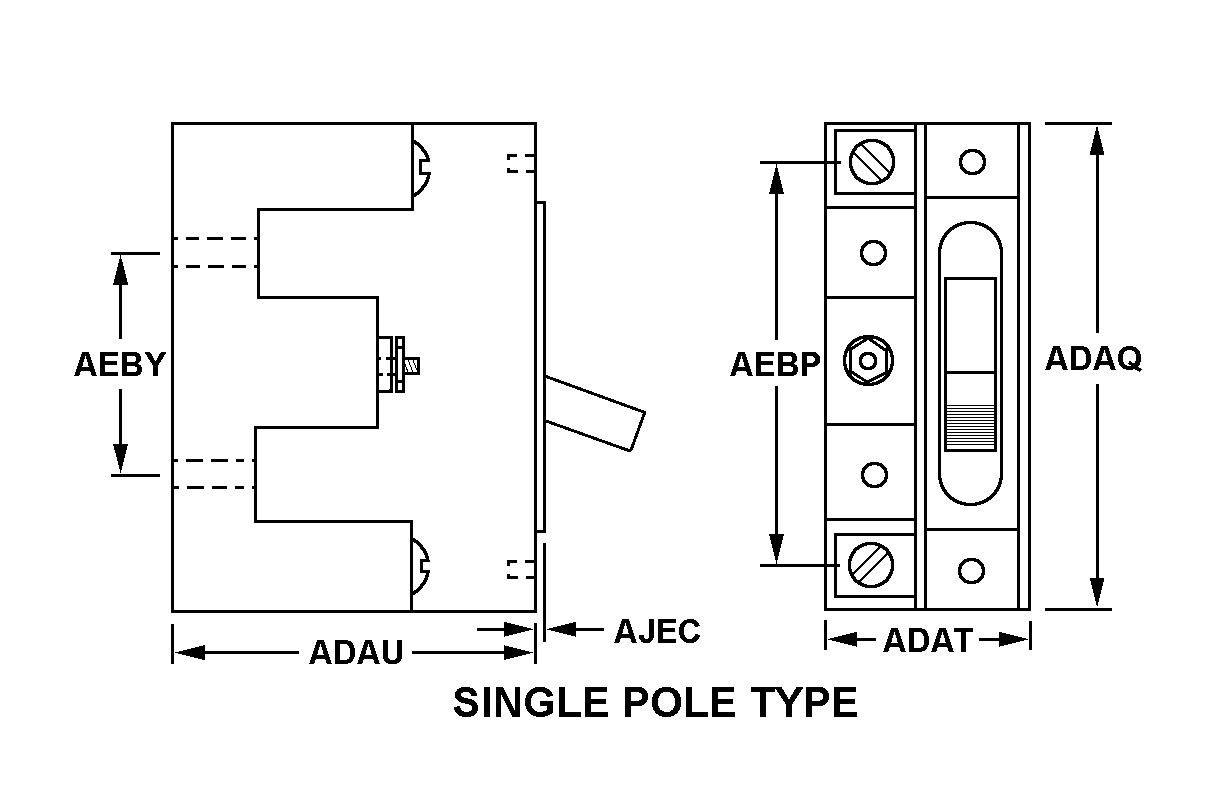
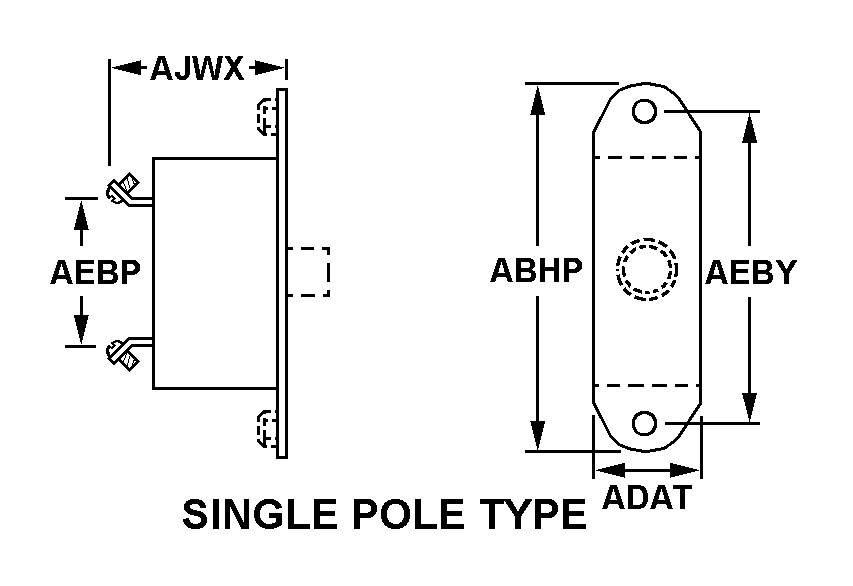

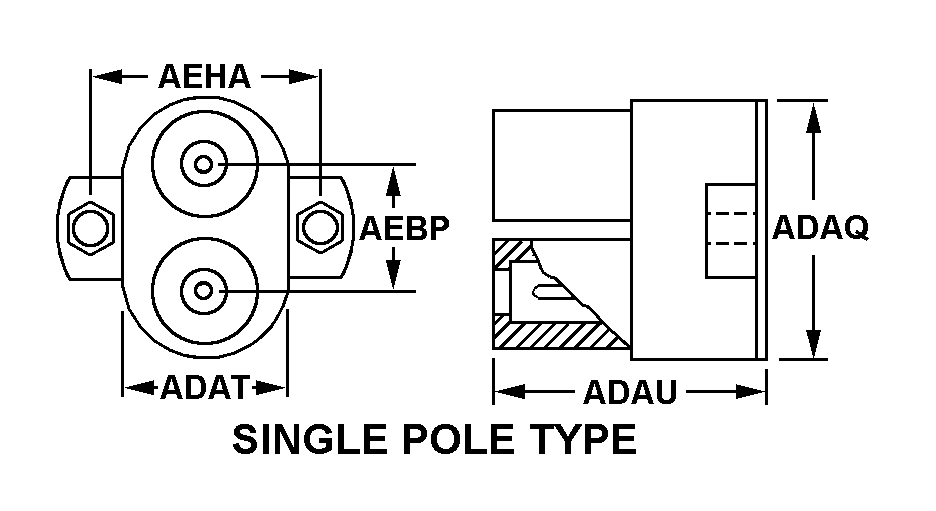
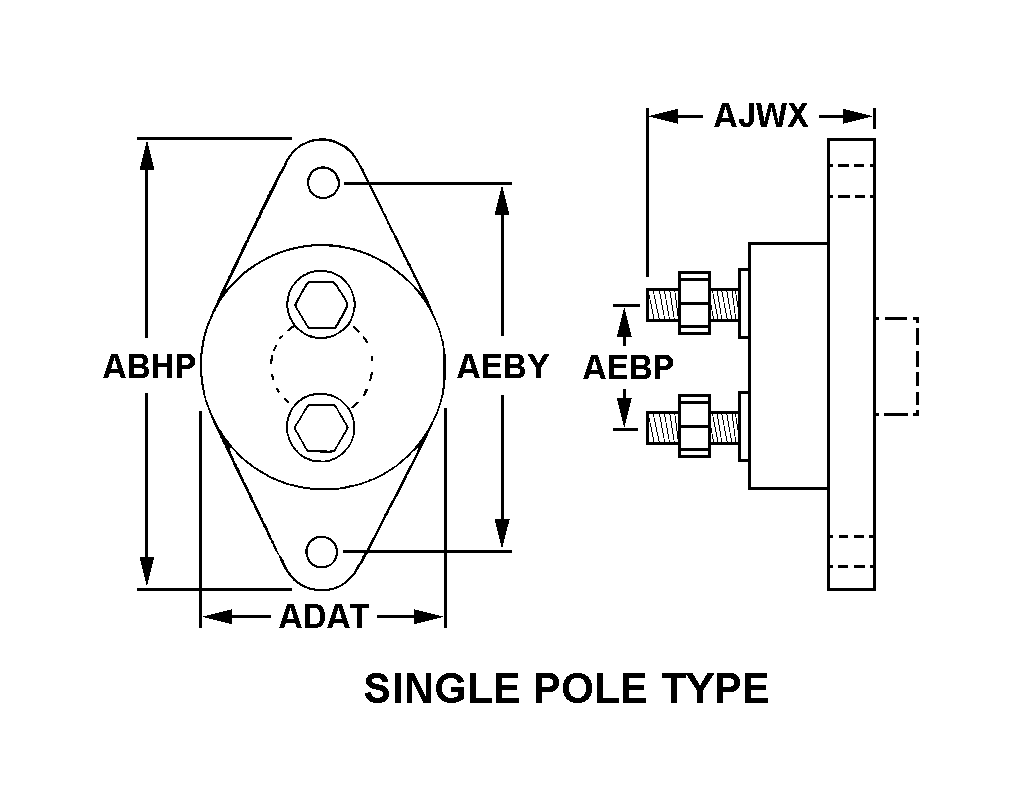
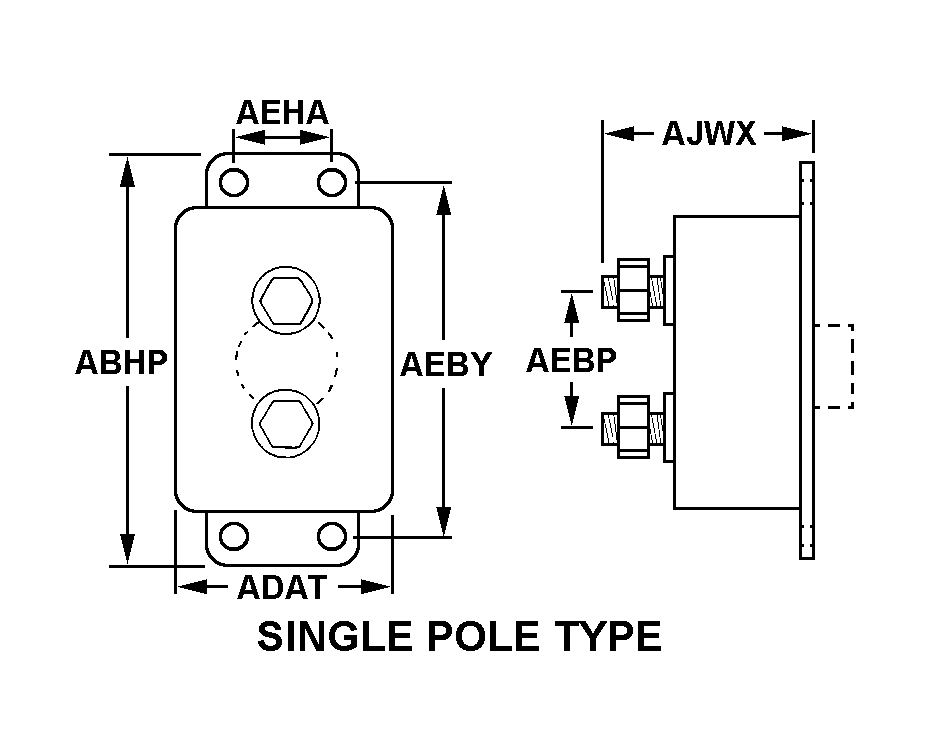
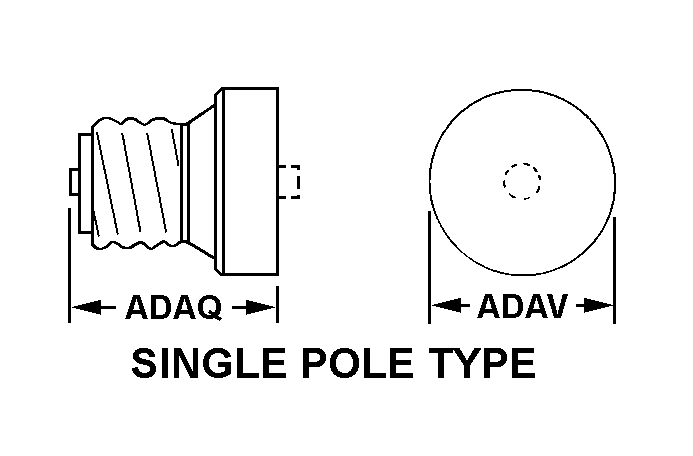
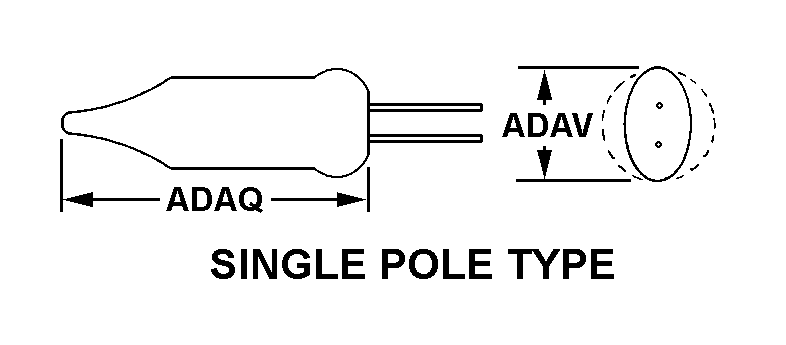
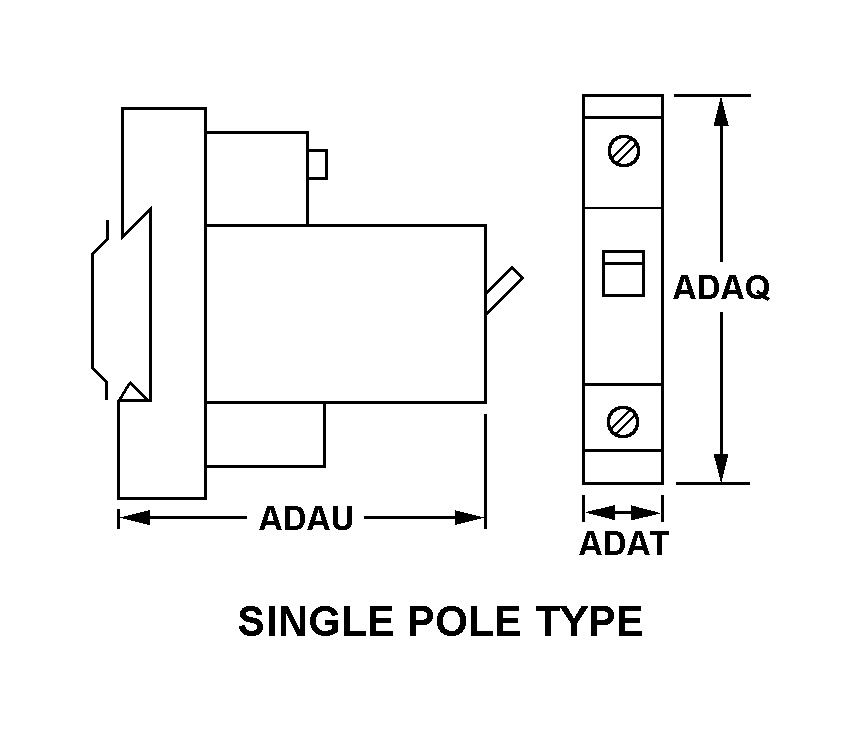
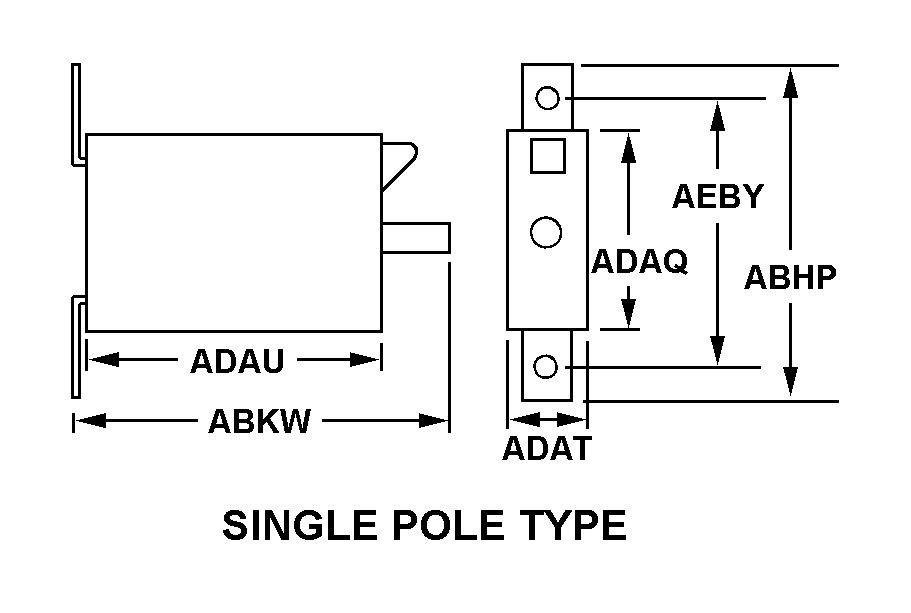
Definition Definition of approved item name (AIN): "CIRCUIT BREAKER"
A device with means other than fuses for automatically opening the circuit in which it is installed when the current varies from the predetermined value for which the device is set. May include provisions for manual operation. At least one set of contacts must be in series with the actuating element(s). A combination of semiconductor and passive devices may be used in lieu of contacts. For automatically operated items in which the actuating (tripping) element and contacts are not in series, see relay (as modified). For items which are operated both manually and automatically but the actuating elements and contact are not in series, see relay-switch. Excludes circuit breaker box and magneto "breaker" assemblies. See also switch (as modified); and controller.
5925-01-517-7229 Material Hazmat, Precious Metals, Criticality, Enviroment, and ESD
Indicates there is no information in the hmirs. The nsn is in a fsc in table ii of fed std 313 and a msds may be required by the user. The requirement for a msds is dependent on a hazard determination of the supplier or the intended end use of item.
Item does not contain precious metal.
No known electrostatic discharge (esd) or electromagnetic interference (emi) sensitivity.
Represents items with no adp components
The item does not have a nuclear hardened feature or any other critical feature such as tolerance, fit restriction or application.
Identification Codes
HMIC: Hazardous Material Indicator Code. A one position code that identifies a hazardous item.
PMIC: Precious Metal Indicator Code. A one position code which identifies items that have precious metals as part of their content. precious metals are those metals generally considered to be uncommon, highly valuable, and relatively superior in certain properties such as resistance to corrosion and electrical conductivity.
ESD: Electrostatic Discharge. Indicates if an item is susceptible to electrostatic discharge or electromagnetic interference damage. electrostatic discharge damage occurs when an accumulation of static electricity generated by the relative motion or separation of materials is released to another item by direct contact. electromagnetic interference damage occurs when an item comes into proximity with an electrostatic or magnetic field.
ENAC: Enviromental Attribute Code. Identifies items with environmentally preferred characteristics.
CRITL: Criticality Indicator Code. Indicates an item is technically critical by tolerance, fit, application, nuclear hardness properties, or other characteristics.






